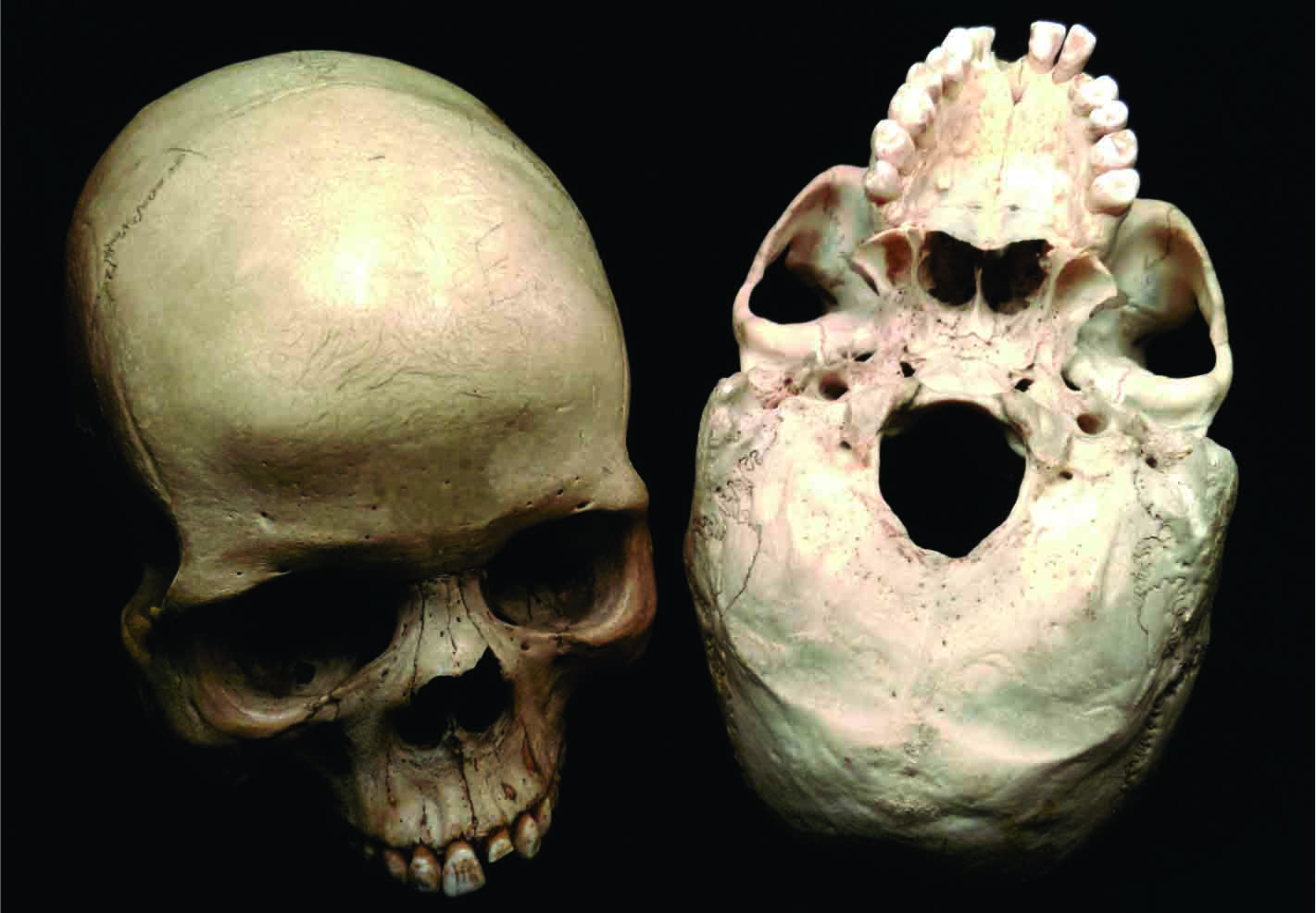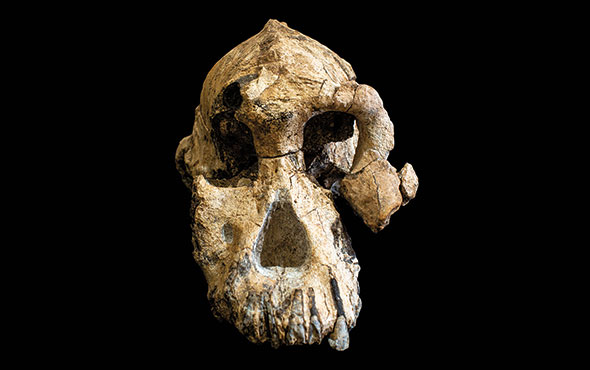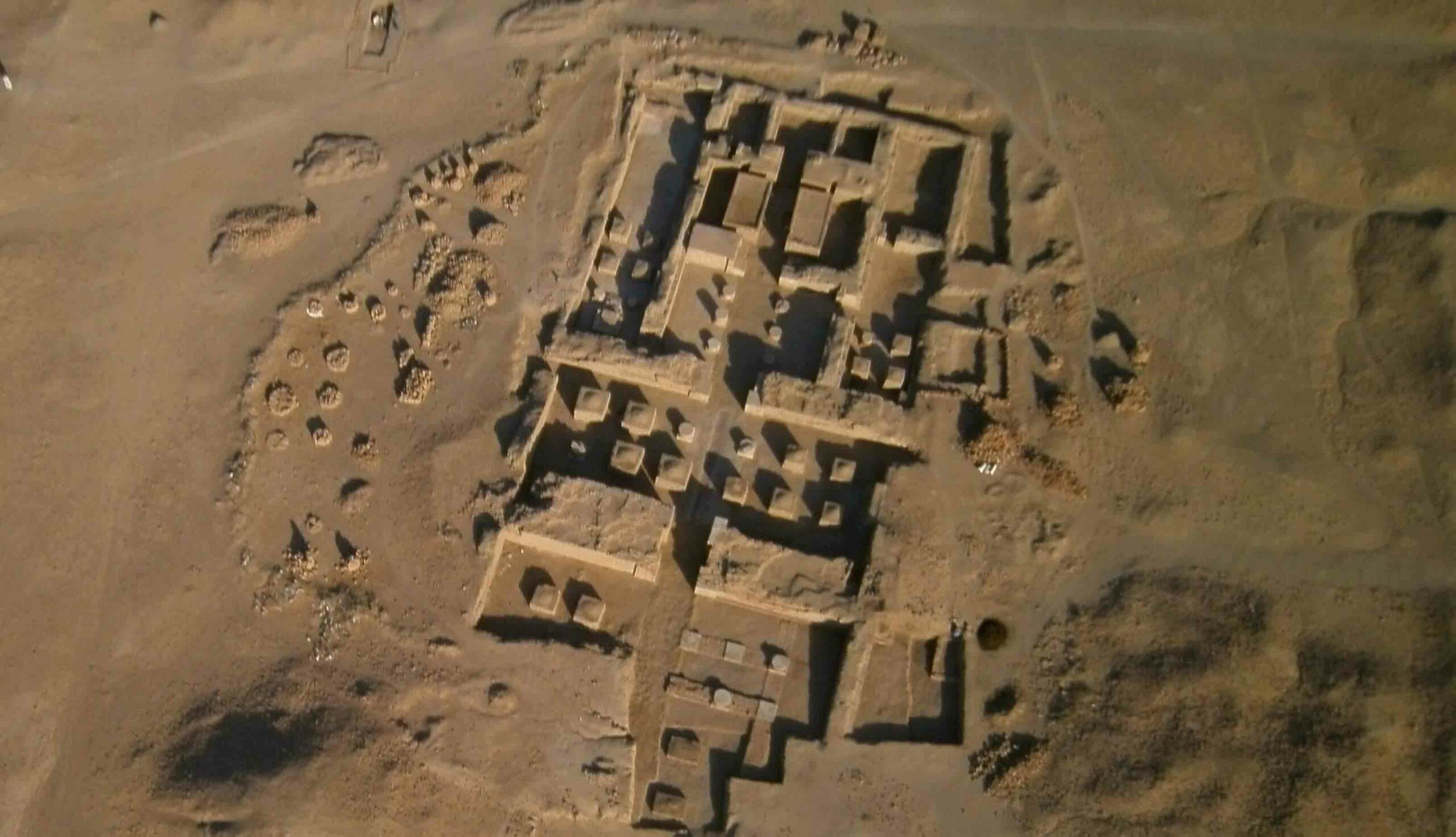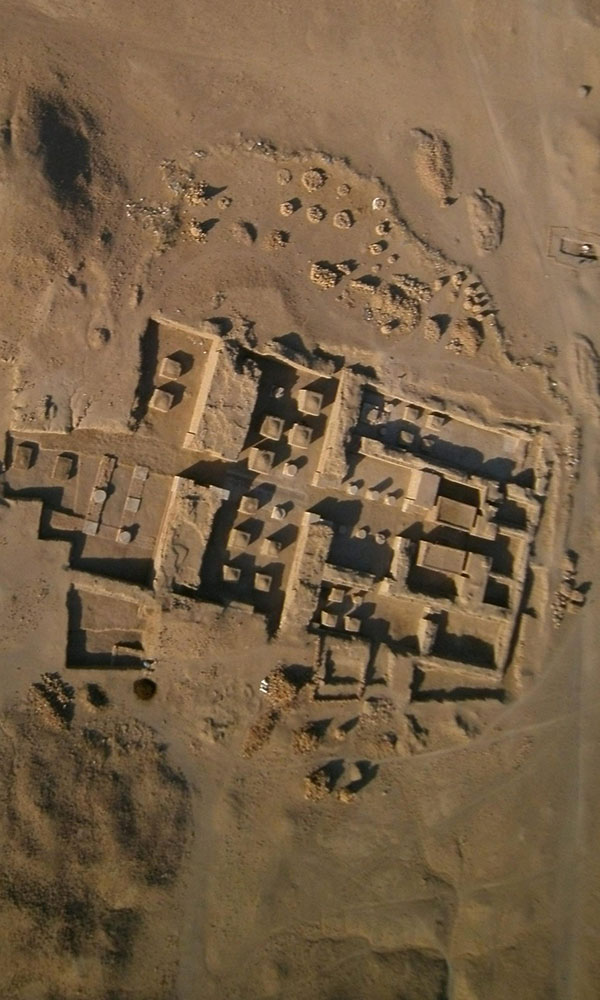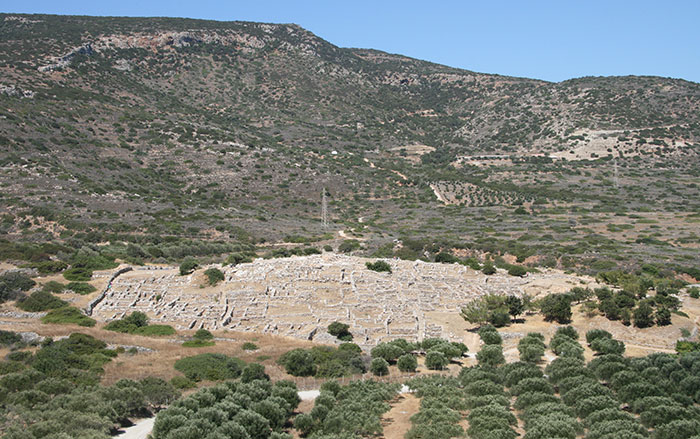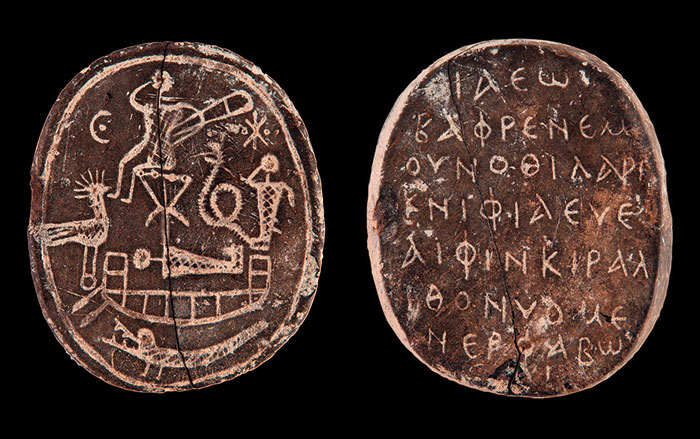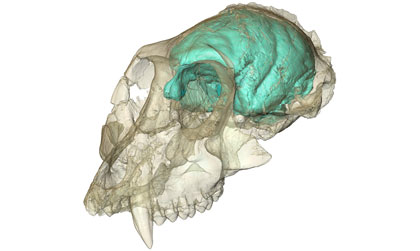
DURHAM, NORTH CAROLINA—For the first time, scientists have visualized the brain within a 15 million-year-old monkey skull that was discovered in 1997 on an island in Kenya’s Lake Victoria. Fred Spoor of the Max Planck Institute for Evolutionary Anthropology and Lauren Gonzales of Duke University used high resolution x-ray imaging and created a 3-D computer model of Victoriapithecus’s tiny brain, and determined that it was more complex than they had expected. The brain has numerous wrinkles and folds, and its olfactory bulb is three times larger than anticipated. “It probably had a better sense of smell than many monkeys and apes living today,” Gonzales said in a press release. It had been thought that early primate brains evolved to be larger first and then more folded and complex. “But this study is some of the hardest proof that in monkeys, the order of events was reversed—complexity came first and bigger brains came later,” she said.


